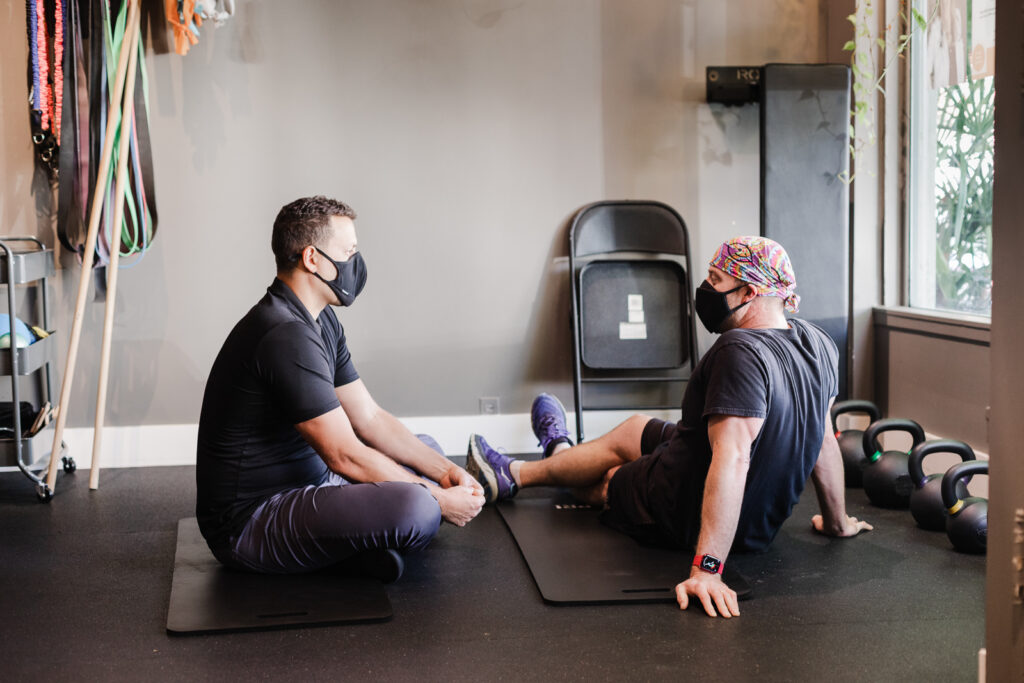Breathing is the first independent action we all take in life. Coming from the womb, the body is asked to exchange fluid for gas, permanently rendering us dependent on something we can only see on a cold winter day. It is the first system the body must normalize for us to be an independent human being. With that, it is a logical starting place for evaluation and medical treatment. Beyond that, breathing holds a special place in history, our consciousness, and in our anatomy. Breathing also has large amounts of empirical and scientific evidence of its usefulness. It is a common thread across many religious and spiritual teachings, despite geographic or cultural isolation at times.
While the breath can be discussed in many ways, we will focus on its mechanical action as it relates to pain and movement. This is not to minimize the importance of other aspects, but to bring our concentration on how it is used at our clinic. A common introduction here would be to outline the anatomy of breathing to list specific muscles and parts of the body that contribute to breathing. We choose to avoid creating such systems because it makes an artificial box that is breathing, making anything that is not in that box not part of breathing. Every clinician in our clinic has seen previous concepts of health and medicine be overturned or challenged, and so have you. Case in point, are eggs good or bad? This binary approach to labeling has created many problems in medicine (and history in general) and ultimately makes it far too easy to exclude people from thinking about the issue in front of them. Instead of asking if eggs are good or bad for everyone, maybe you should make your own decision of how they interact with your body. To bring this back around, we would say there are many parts of your body that interact with breathing.
During your evaluation, your clinician will discuss why breathing is important as it relates to your specific treatment. Nearly every biomechanical condition can be improved with breathwork, even if only to modulate the body’s interaction with the pain process. Most importantly, if our evaluation shows that your breathing patterns have sufficient capabilities, we will move past this point quickly. We can say with confidence that this is exceedingly rare in our current sample set.



